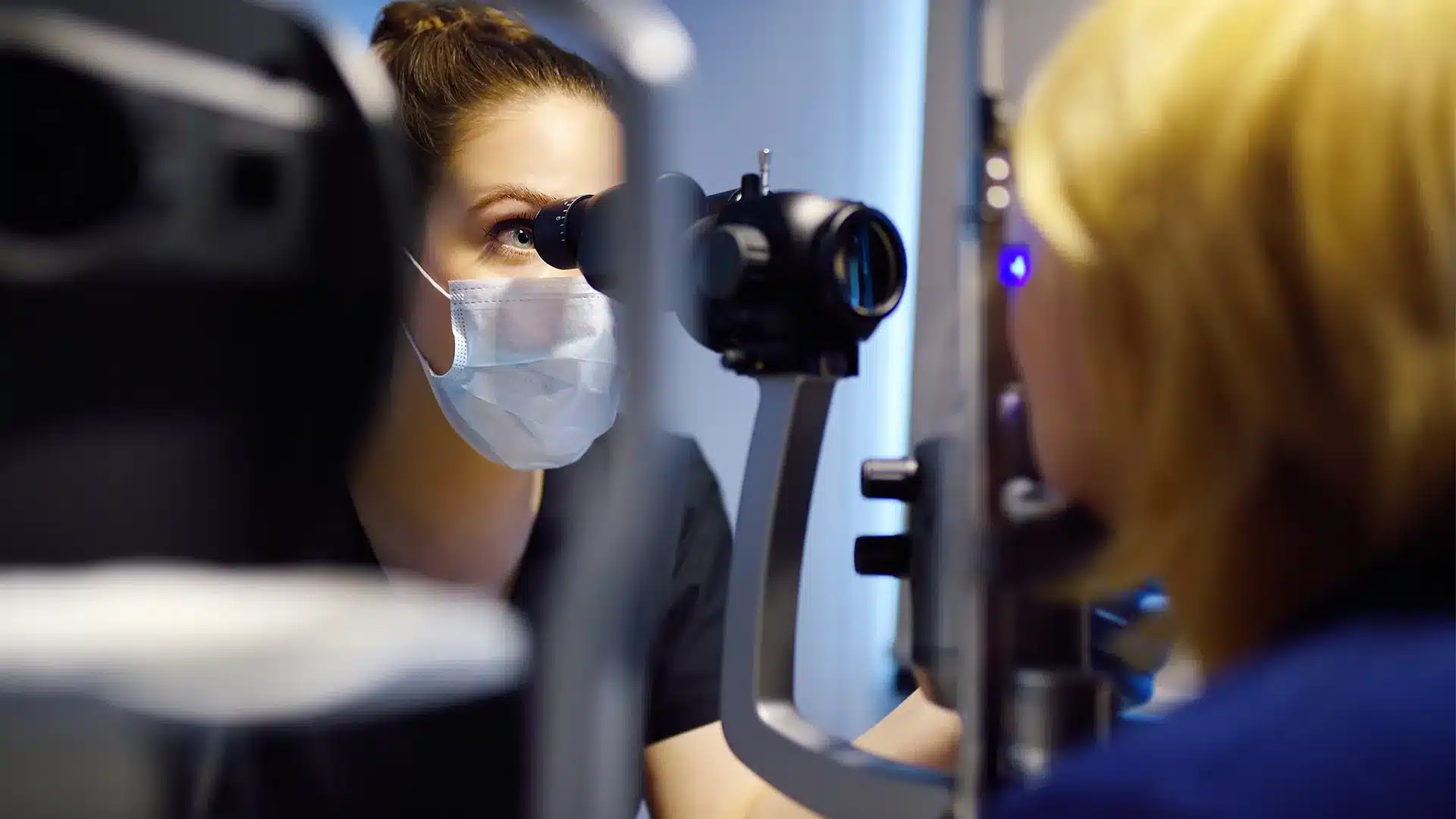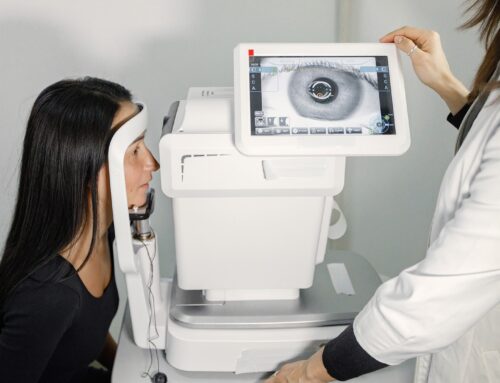When it comes to vision correction, two commonly compared procedures on the market are LASIK vs. PRK. Both offer effective solutions for those seeking freedom from glasses and contacts, but how do they measure up? Let’s explore what sets these laser eye surgeries apart, from their surgical approach to financial factors, so that you can be equipped with the best information for your consultation with a qualified LASIK surgeon.
Comparing Surgical Techniques of LASIK vs PRK
LASIK (Laser-Assisted In Situ Keratomileusis) and PRK (Photorefractive Keratectomy) are both designed to correct refractive errors such as nearsightedness, farsightedness, and astigmatism. While both use an excimer laser to reshape the cornea to improve visual acuity, their methods differ significantly.
The Flap vs Surface Approach
LASIK involves creating a thin flap in the cornea, which is then lifted to allow the laser to reshape the underlying tissue. This flap is repositioned after the procedure, acting as a natural bandage.
PRK removes the outer layer of the cornea (epithelium removal) entirely before reshaping the underlying tissue. This surface is then left to regenerate naturally.
4 Key Differences in Candidacy, Stability, Recovery & Risk For PRK vs LASIK
In addition to the surgical technique, there are other distinctions between these two treatments.
1. Candidacy
Most surgeons require patients to be at least 18 years old, with some preferring age 21 to ensure eye stability. Candidates should have stable vision for at least a year before surgery. Additional considerations between PRK vs. LASIK:
| PRK vs. LASIK Criteria | |
|---|---|
| If your corneas are too thin for LASIK, PRK might be a safer alternative. | Your corneas must be thick enough to create a flap safely. |
| Active lifestyles or those in professions with a high risk of eye trauma may prefer PRK to avoid flap-related complications. | Ideal for those seeking a quicker recovery and minimal downtime. |
| If you’ve had certain types of eye surgery before, PRK might be more appropriate. | Offers rapid visual recovery, often within 24 hours. |
| Large pupils can lead to night vision issues with LASIK, PRK corrects this. | Suitable for individuals with stable vision prescriptions and healthy corneal thickness. |
2. Post-Operative Care & Recovery Time
LASIK typically offers faster recovery, with many patients experiencing improved vision within 24 hours. Post-operative care includes prescription eye drops and follow-up appointments.
PRK requires several days to weeks for the outer corneal layer to regenerate, resulting in a longer recovery period. Post-operative care includes pain medication, protective eyewear, and regular monitoring.
3. Long-term Stability
Studies show that approximately 90% of LASIK patients achieve 20/25 vision or better within a year after surgery; PRK has comparable success rates. Both are FDA approved for their long-term outcomes in improving visual acuity.
4. Possibility for Complications
When comparing PRK vs LASIK, there’s a possibility for differing complications, but these are either rare or temporary:
| PRK vs LASIK Complications | |
|---|---|
| Possibility for under or over-correction of vision | Rarely, flap dislocation can occur, but it’s managed with prompt care. |
| Development of dry eye symptoms; temporary dryness usually resolves with prescribed eye drops. | |
| Temporary or permanent changes in night vision. | Visual distortions may occur initially but often diminish as the eyes heal. |
| Infections are rare but can be effectively treated. | |
PRK vs. LASIK Cost – Financial Factors to Consider
When comparing PRK vs LASIK cost, you’ll want to become familiar with these 3 areas:
1. Upfront Expenses
LASIK is initially more expensive due to the additional laser used for flap creation, ranging between $3,000 to $4,250/eye – read our LASIK cost breakdown here. While PRK costs less due to its simpler approach, ranging from $1,800 to $3,000/eye.
2. Long-term Value
Both procedures offer excellent value in terms of long-term vision improvement, but do take a look at the total cost of care including follow-up visits and potential enhancements.
3. Insurance Coverage
As elective procedures, most insurance plans don’t cover them. Financing options or vision plans with discounts may be available.
Your Journey to Improved Vision Begins Here
Deciding between LASIK vs PRK may seem overwhelming, but it doesn’t have to be. A quick consultation with one of our trusted LASIK surgeons through our Find A Surgeon Directory, will allow you to get your eyes carefully evaluated and discuss factors like your lifestyle and occupation to determine whether LASIK vs PRK is more suitable for you.







